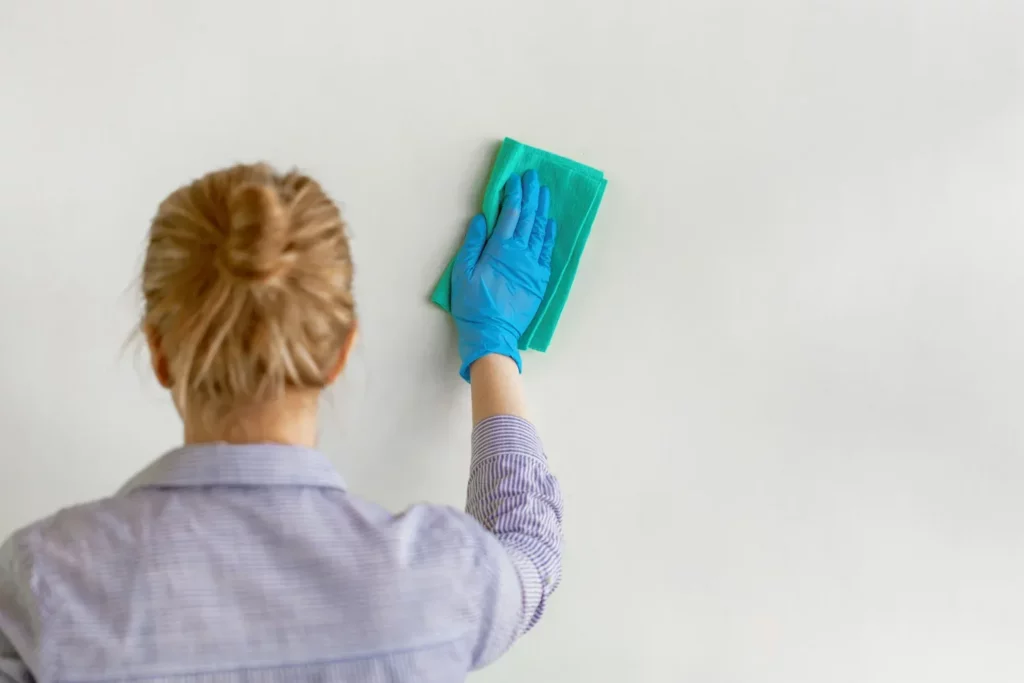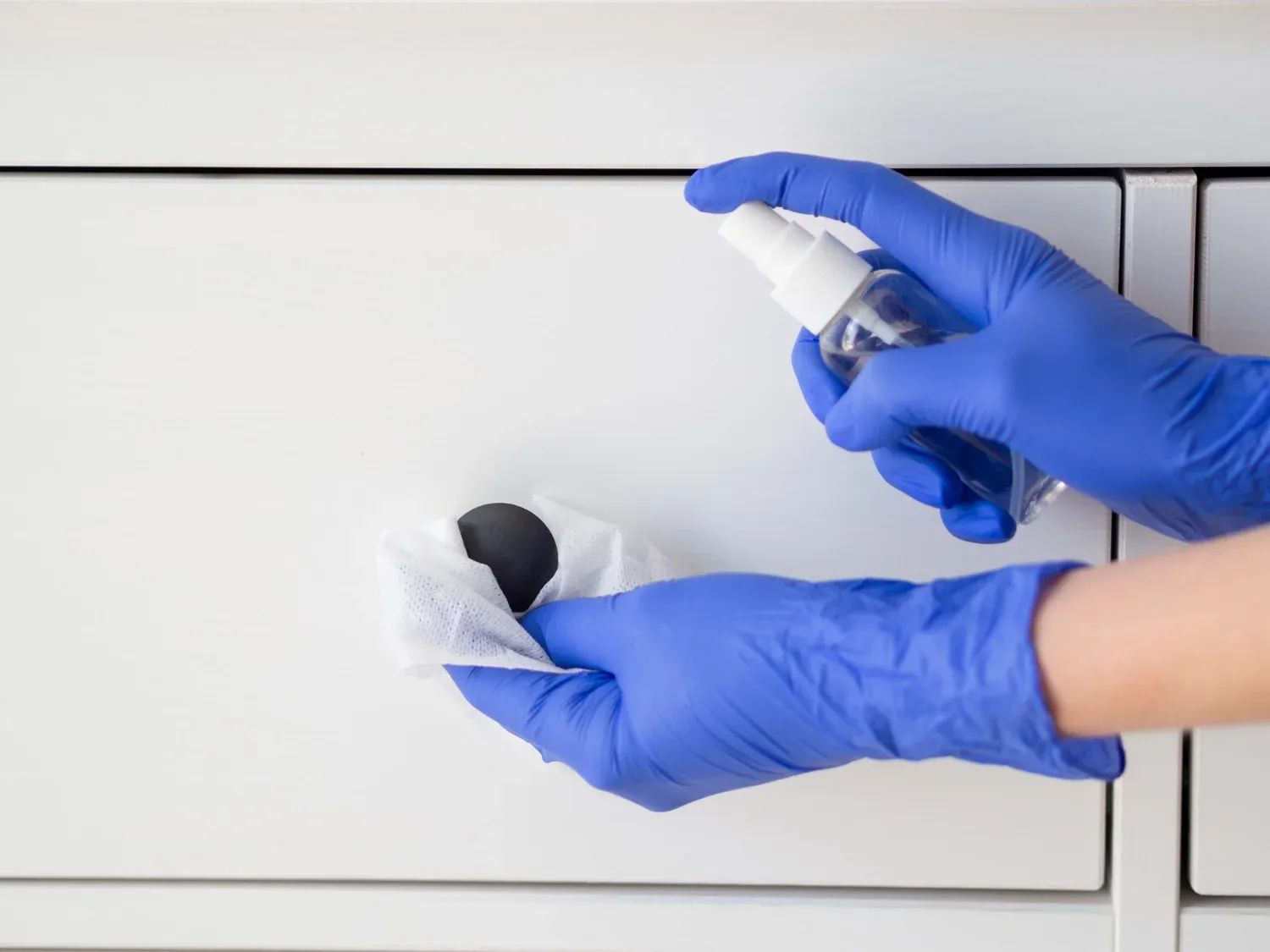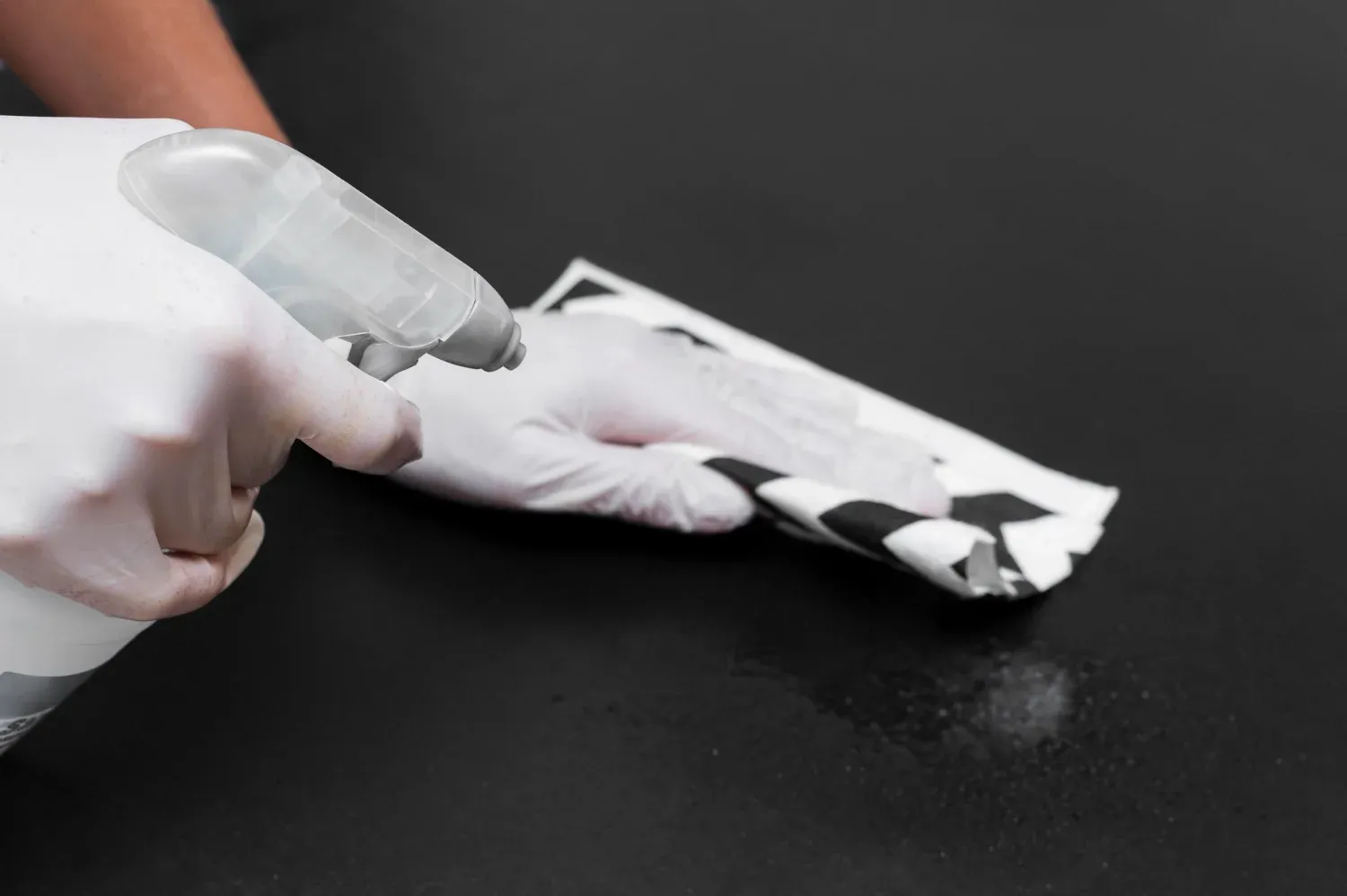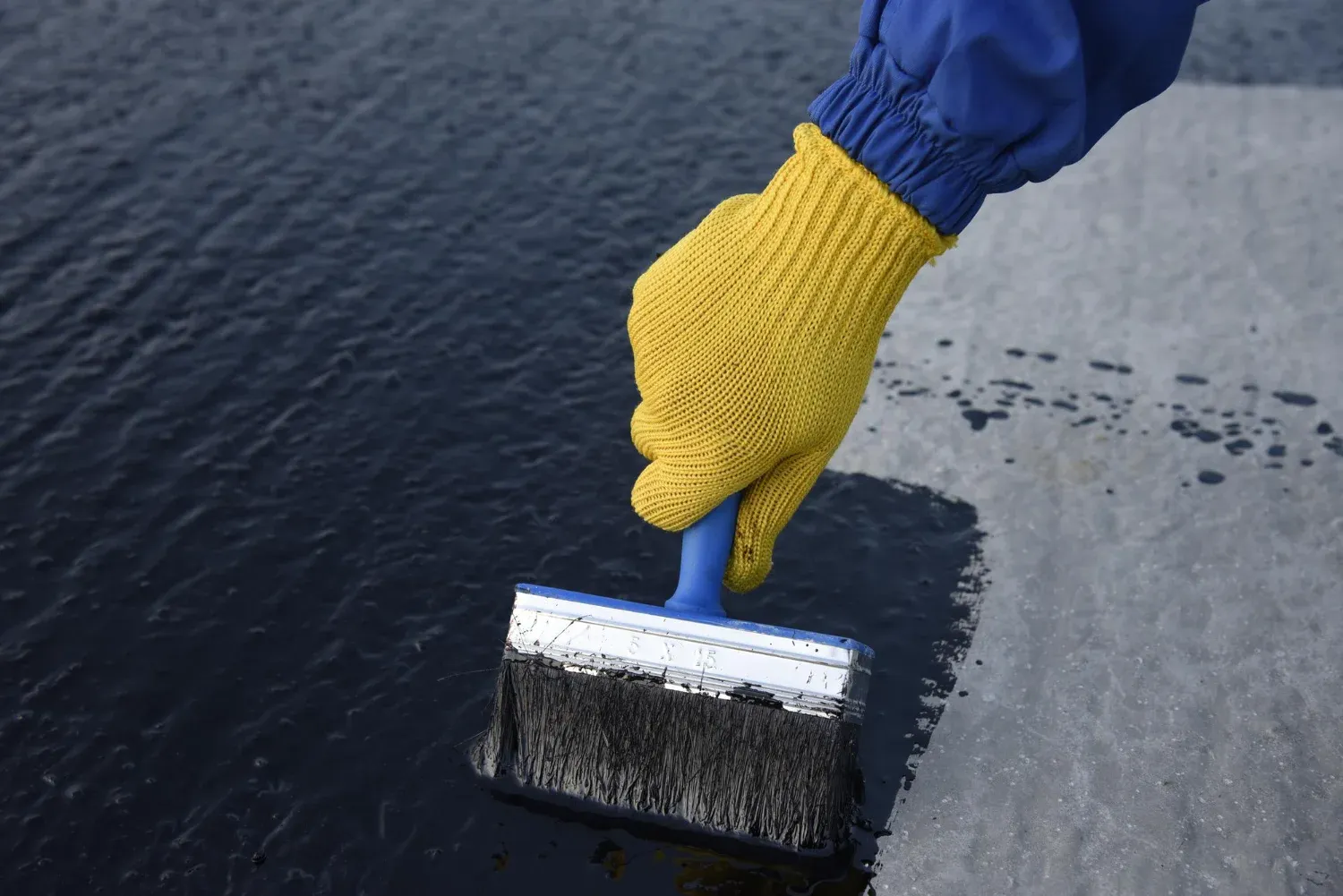Painted surfaces can add a touch of elegance and vibrancy to any space, whether it’s the exterior of your home or the interior walls of your living room. However, to ensure that these surfaces continue to look their best for years to come, it’s essential to practice proper maintenance and cleaning.
Our Guide
In this guide, we’ll delve into the steps and tips you need to know to maintain and clean painted surfaces for longevity.
Regular Dusting and Cleaning
The first step in preserving painted surfaces is to prevent dirt and dust from accumulating. Dust can settle on painted surfaces, making them appear dull over time. To avoid this, use a soft microfiber cloth or a duster to regularly dust your painted walls, ceilings, or furniture. This simple step can go a long way in keeping your surfaces looking fresh.
Choose the Right Cleaning Products
When it’s time to clean your painted surfaces, it’s crucial to select the appropriate cleaning products. Mild, pH-neutral cleaners are generally the best choice for painted surfaces. Avoid using abrasive cleaners or those with harsh chemicals, as they can damage the paint and cause it to deteriorate.
Test a Small Area First
Before applying any cleaner to a large, visible area, it’s a good idea to test it on a small, inconspicuous spot. This will help you ensure that the cleaner does not cause any adverse effects, such as color fading or paint damage. If the test area looks fine after cleaning, proceed with confidence.
Gather Your Cleaning Supplies
Before you start cleaning, gather all the necessary supplies, including:
- Mild pH-neutral cleaner
- Soft microfiber or lint-free cloth
- A bucket of warm water
- Soft sponge or mop
- Old toothbrush (for intricate details)
- Rubber gloves (optional)
- Ladder or step stool (for high walls or ceilings)
Dilute the Cleaner
To clean painted surfaces effectively, dilute the mild cleaner with water according to the manufacturer’s instructions. Usually, a few drops of cleaner mixed with a bucket of warm water will suffice. Avoid using excessive amounts of cleaner, as this can leave residue and potentially harm the paint.
Begin Cleaning
Dip the soft sponge or cloth into the diluted cleaner and wring it out until it’s damp but not dripping. Gently wipe the painted surface, working in small sections. Avoid using excessive force or scrubbing vigorously, as this can damage the paint. For intricate details or crevices, use an old toothbrush to reach those areas.
Rinse and Dry
After you’ve cleaned the painted surface, rinse it with clean water using a separate damp cloth or sponge. This step is crucial to remove any residual cleaner. Finally, dry the surface using a clean, dry cloth to prevent water spots.
Touch Up as Needed
Over time, painted surfaces may develop minor nicks, scratches, or scuffs. To maintain their longevity and appearance, keep some extra paint handy for touch-ups. This way, you can quickly repair any imperfections that may arise.
Keep an Eye on High-Traffic Areas
High-traffic areas like hallways, staircases, and children’s playrooms may require more frequent cleaning and maintenance. Pay close attention to these areas and address any wear and tear promptly to prevent more extensive damage.
Conclusion
Maintaining and cleaning painted surfaces for longevity is a relatively simple process when done correctly. Regular dusting, using the right cleaning products, and following our gentle cleaning routine will help preserve the beauty of your painted surfaces for years to come. Remember to be proactive with touch-ups and keep an eye on high-traffic areas to ensure that your painted surfaces continue to shine. With proper care, your painted surfaces can remain a stunning part of your home’s décor.




